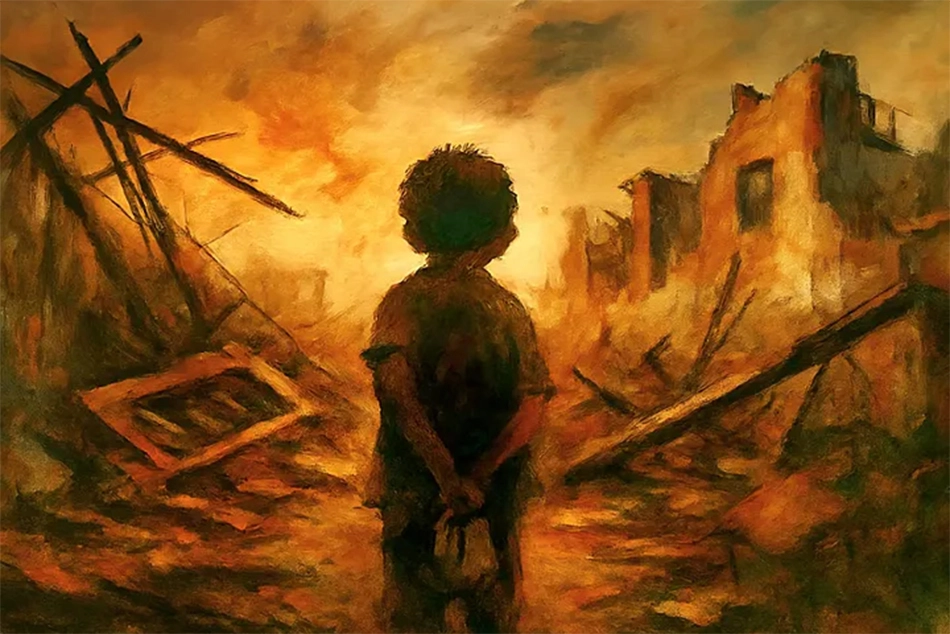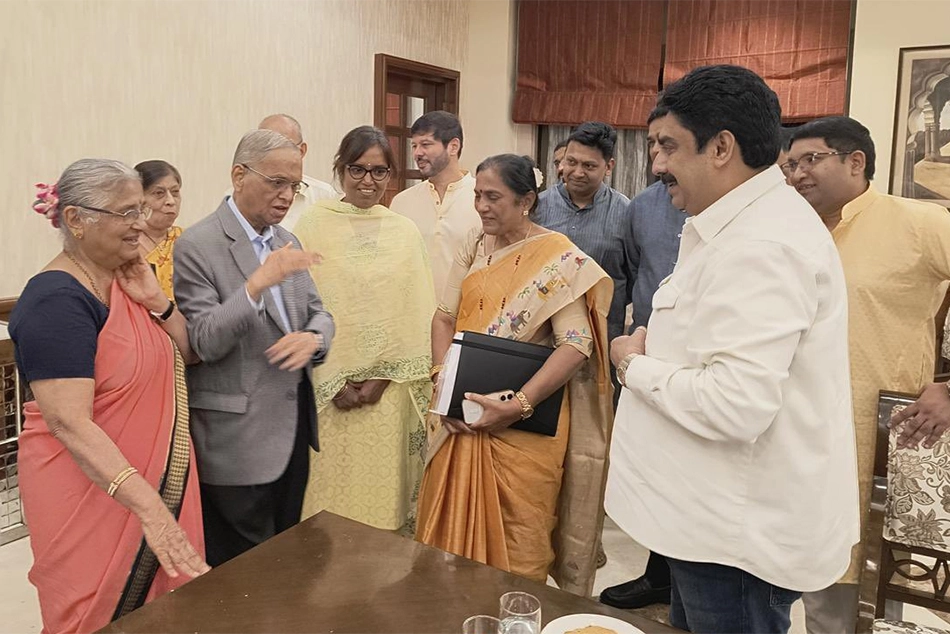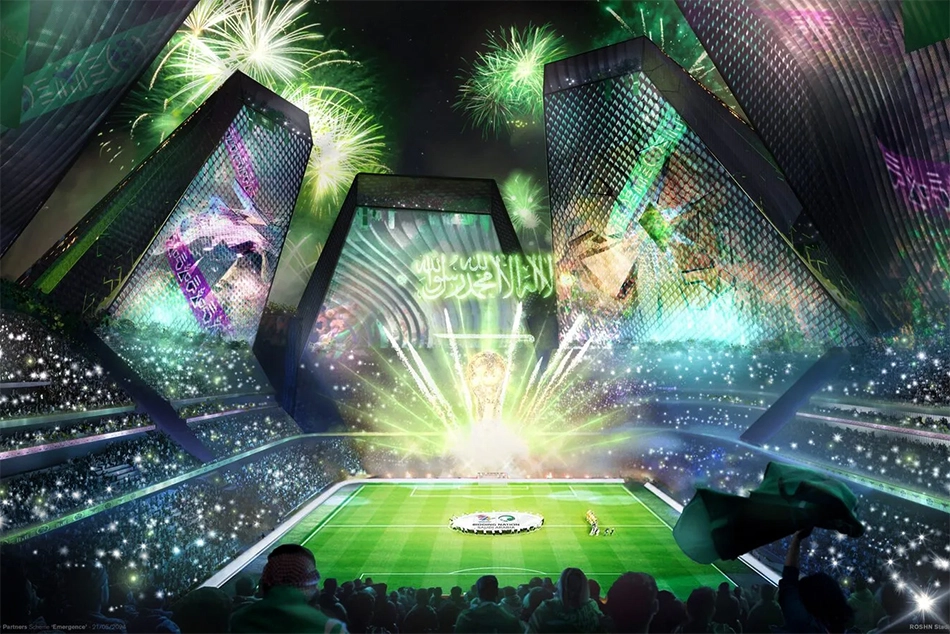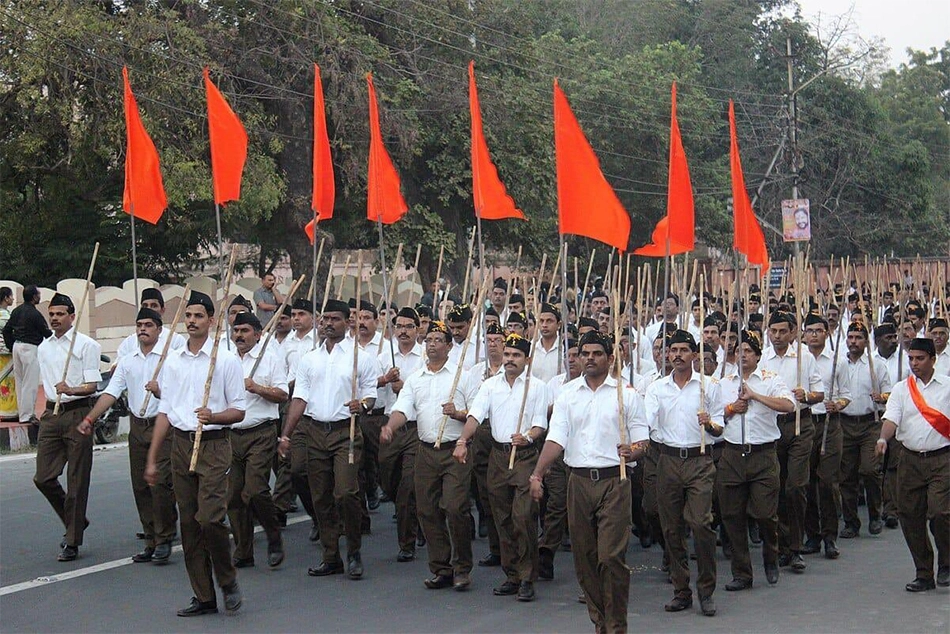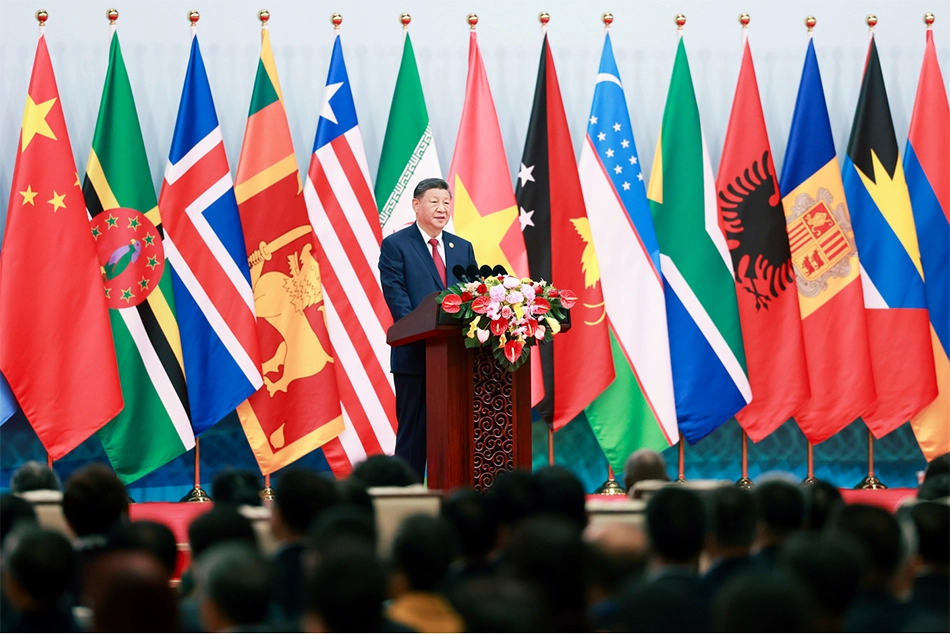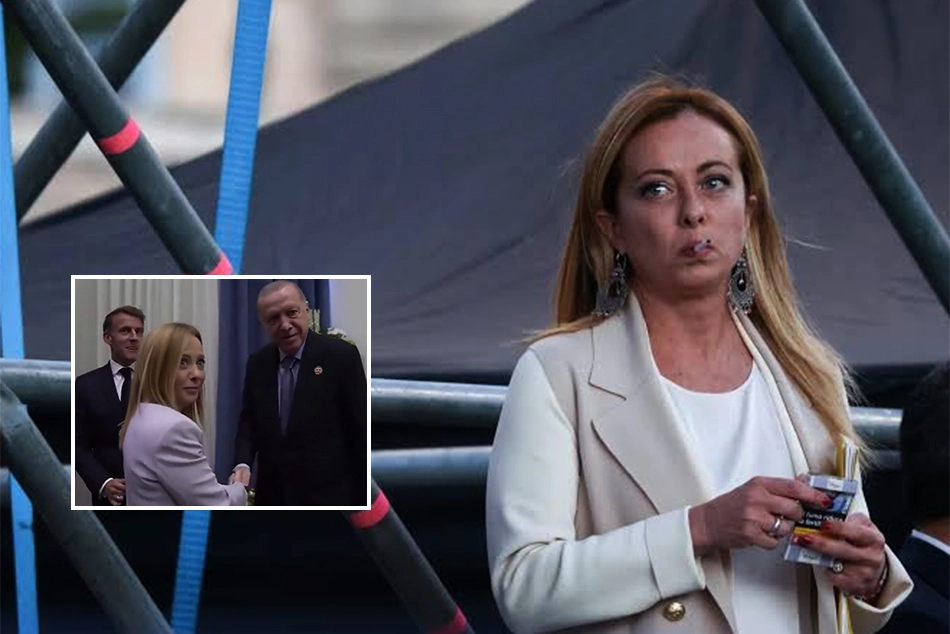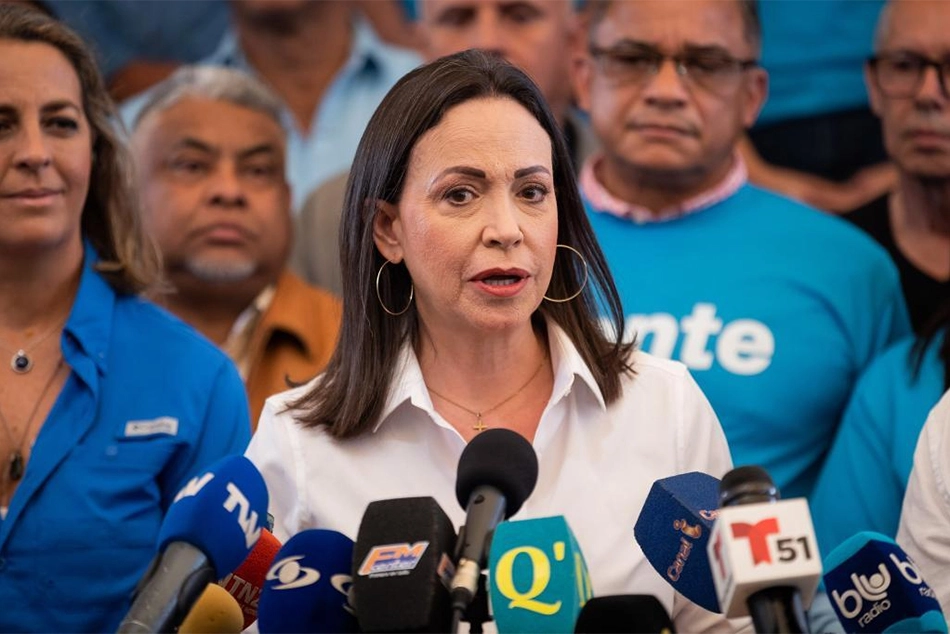
Gaza: Guns are muted but call for justice should not
In this fragile moment of diplomacy - hostages freed, ceasefire in place, reconstruction discussions under way, the shape of peace remains uncertain for Palestinians in Gaza, and so is the justice to the victims
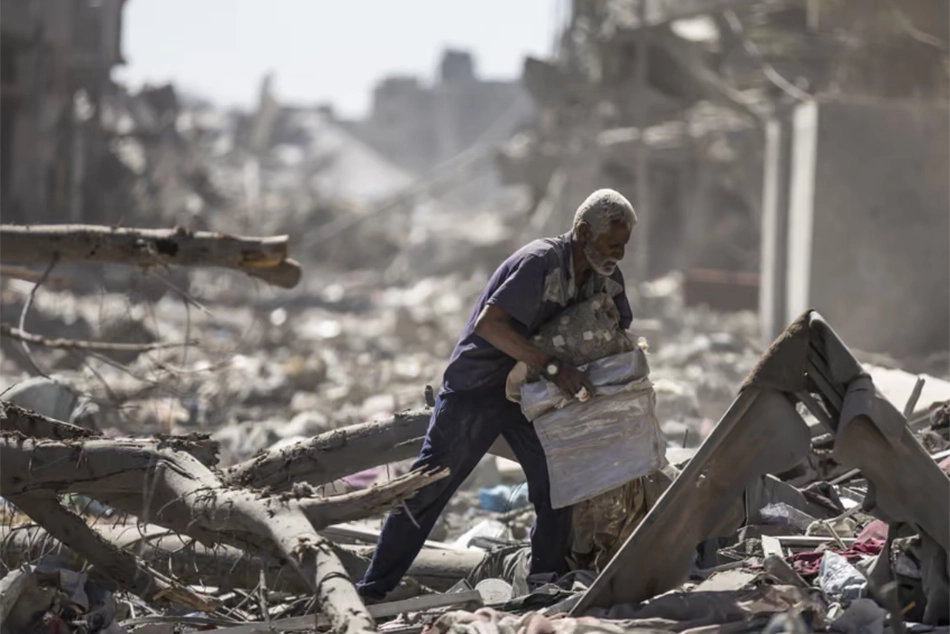
On 13 October, at a Summit in Sharm el-Sheikh, Egypt, Donald Trump joined President Abdel Fattah el-Sisi and other regional leaders in signing a declaration welcoming a “new chapter” in Gaza. As part of the first phase of Trump’s 20-point peace plan, a ceasefire has taken effect, halting Israeli air strikes and combat operations in Gaza. Hostages and prisoners have been released, and talks on reconstruction are under way. International headlines hailed the breakthrough. Yet beneath the optimism, the fine print tells a different story.
The ceasefire remains fragile. Israeli troops are still positioned in parts of Gaza, and Hamas has not disarmed. The proposed International Stabilisation Force, intended to secure the transition, is ill-defined: its composition, mandate and leadership remain unclear. The Rafah crossing—Gaza’s vital link to the outside world—remains partly blocked, leaving humanitarian convoys stranded. For now, the truce has paused the air strikes, but violations persist: Israeli forces have reportedly killed dozens in incidents breaching the ceasefire.
Trump’s 20-Point Peace Plan, released on 30 September 2025, pledges the reconstruction of Gaza, the disarmament of all armed groups—specifically Hamas—humanitarian access, and the creation of an international “Board of Peace” to oversee implementation. Yet what the plan does not guarantee is sovereignty, liberation, statehood or recognition. Nor does it acknowledge Israel’s role in the devastation of the territory, the mass displacement of civilians, or allegations of grave human-rights abuses. The text refers instead to a “technocratic Palestinian administration” operating under international supervision—less a transfer of power than an extended trusteeship.
The plan gestures towards a “credible pathway to Palestinian self-determination” but offers no timeline, no electoral mechanism and no clear end to foreign control. Notice the conditional wording: “credible” and “pathway to”— all place self-determination in the future, after a long transitional phase. In effect, Gaza is offered relief without recognition.
The absence of sovereignty is not incidental; it defines the nature of the peace being proposed. Without control over borders, resources or governance, Gaza risks remaining a territory administered by outsiders rather than governed by its own people. The risk is clear: a war that ends in silence, not in freedom. A technocratic government monitored by foreign appointees may stabilise the ruins, but it cannot confer legitimacy or sovereignty.
Disarmament is presented as the cornerstone of the plan: Gaza must be “demilitarised and deradicalised” before any political process can begin—security first, democracy later. Such sequencing reverses the logic of peacebuilding. Disarmament without political guarantees risks being viewed not as a step towards peace but as surrender. Security must coexist with rights, not replace them; otherwise peace becomes merely the management of despair.
The European Union has cautiously endorsed the plan, despite its silence on democracy and self-determination — principles that Europe routinely champions abroad. A peace process that delays elections and defers sovereignty undermines the very values the EU claims to uphold. If statehood is postponed indefinitely, Gaza could become a “land without sovereignty”. Even if reconstruction succeeds, the absence of a political horizon risks fostering resentment, alienation and renewed conflict. Time may temporarily mask this danger, but not erase it. It brings calm, but not consent.
Equally striking is the plan’s silence on justice. Nowhere does it mention accountability for alleged crimes committed during the two-year war. Yet reports from the United Nations Human Rights Commission (UNHRC), Human Rights Watch (HRW) and Amnesty International have documented serious violations by Israeli forces—including indiscriminate bombardment, forced displacement and actions that constitute war crimes and crimes against humanity. These are not speculative claims; they are formal findings supported by evidence. Ignoring them undermines both law and memory. The plan offers no reference to investigations, trials or even truth-seeking mechanisms.
For families in Gaza who have lost homes and loved ones, rebuilding without accountability feels hollow. For Israeli families whose relatives were killed or kidnapped by Hamas, reconciliation without justice offers no healing. A lasting settlement requires trust, coordination, investigation, punishment and ultimately reform and coexistence.
Humanitarian needs remain overwhelming. UN agencies estimate that more than four-fifths of Gaza’s population have been displaced at least once since 2023. Much of northern Gaza lies in ruins. The World Bank warns that clearing the debris could take two decades and cost billions of dollars. Trump’s plan promises to transform Gaza into a “New Gaza” through investment and reconstruction, yet provides no detail on how the funds will be managed or who will oversee them.
If peace is to mean more than a pause in violence, three foundations are essential.
- First, sovereignty must be restored to the people of Gaza through a defined timetable for elections and self-governance.
- Second, justice must be pursued through independent investigations and credible accountability mechanisms.
- Third, reconstruction must prioritise rights and dignity, not only infrastructure.
For now, the guns are quiet but call for justice should not be muted. Trump’s plan offers a ceasefire and relief, yet leaves unresolved the two questions that determine whether peace endures: who will govern, and who will be held to account. Gaza’s tragedy lies not only in its destruction but in the silence that follows it. A land without sovereignty remains a captive land; a war without accountability remains an open wound.
The true test of peace will not be how quickly Gaza is rebuilt, but whether its people are finally free to build it themselves. In this fragile moment of diplomacy - hostages freed, ceasefire in place, reconstruction discussions under way, the shape of peace remains uncertain. For Gaza, the promise is a rebuilt future, but the blueprint is incomplete.
A ceasefire is vital. Yet peace that fails to answer who governs, under what authority, and how justice will be delivered will remain precarious. For the international community, the challenge is no longer whether the war can stop, but whether a just peace can begin—one rooted in political agency, accountability and dignity for all. For Gaza’s people, the choice is between reconstruction under distant control or rebuilding under their own authority. The world must help them choose the latter.
[Azmat Ali is a student at Jawaharlal Nehru University, New Delhi. He can be reached at @AzmatAli2025_ ]
Follow ummid.com WhatsApp Channel for all the latest updates.
Select Language to Translate in Urdu, Hindi, Marathi or Arabic
